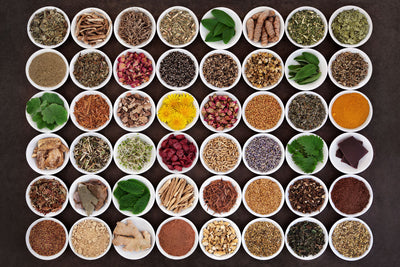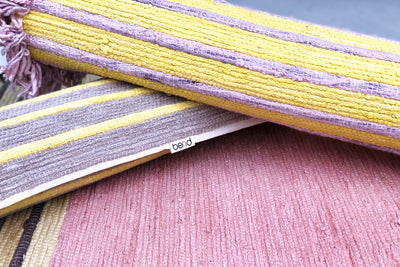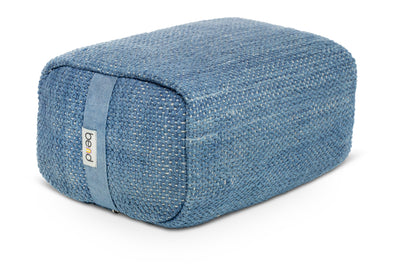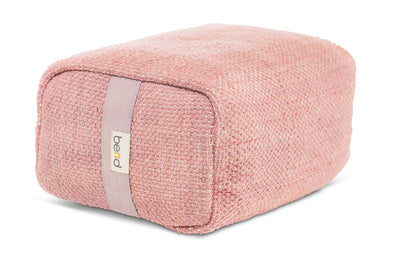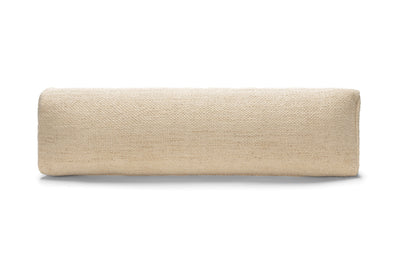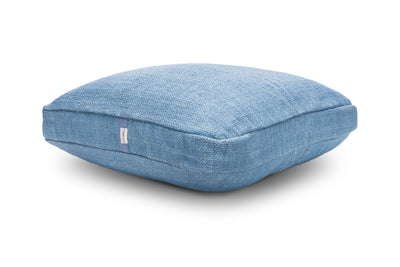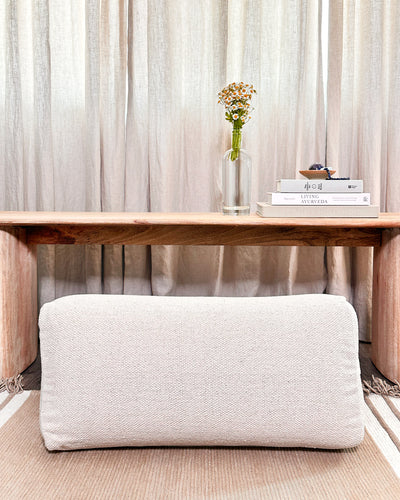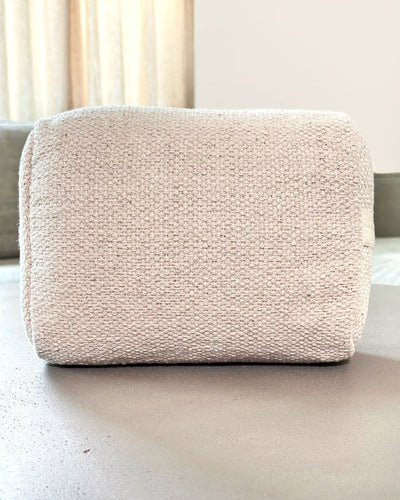Earth Day Plant Series: The Benefits of Sappanwood
Last time, we kicked off our Earth Day blog series, highlighting the history and potential health benefits of the various ingredients—sourced from trees, herbs, and more—that we use in our medicinal dye baths. We hope that a better understanding of these plants will foster an appreciation of their unique properties and how they help us connect to the environment and ourselves.
This week: Sappanwood.
What is Sappanwood?
Also known as Indian redwood, Sappanwood (Biancaea Sappan) is a tree endemic to hot, tropical regions of Asia, largely India and China. In its native regions, sappanwood is known as bakam in Hindi, and its Chinese name is Su Mu. Related to brazilwood, the sappanwood tree grows up to 30 feet high (~10 meters) and produces small, fern-like leaves, yellow flowers, and seed pods that look similar to snow peas (B. sappan is also in the legume family). The tree’s wood features a vibrant red compound called brazilin, which can be used for dyeing fabrics and textiles. The sappanwood tree is also valued for its heartwood, which contains juglone, another active compound that contributes to its health benefits.

What are the health benefits of Sappanwood?
In various Indian and Chinese traditions, sappanwood has been used broadly to cleanse the circulatory system, activate blood circulation, and it is valued for its antioxidant and anticoagulant properties. In homeopathic medicine, sappanwood is used to prevent bacterial infections and improve liver function. Some research has suggested that sappanwood can benefit people with neurological disorders like epilepsy, and it has been used to treat seasonal allergies as well. The red pigment found in the sappanwood tree, brazilin, has also been used to treat wounds and ward off infections, encouraging faster healing.
In traditional medicine, the sappanwood tree’s seeds and roots have also been used to treat various stomach and liver disorders, and a powder made from crushed sappanwood seeds can be applied to wounds to help prevent infection. It has also been used to treat arthritis, inflammation, stomach pain, and diarrhea in some Asian cultures, as well as to improve female reproductive health after childbirth.
NOTE: Women who are pregnant or nursing should not take sappanwood internally. It can have negative effects if consumed by anyone in excessive quantities.
How is Sappanwood used?
The most common way to use sappanwood is by drinking a decoction of the heartwood boiled in water. You’ll sometimes find it in Asian markets sold as slices of wood or in a powdered form that can be blended with other herbs or drank as a tea.
Conclusion
Sappanwood has a long history of being used as a potent healing agent, and brazilin’s natural healing properties and utility as a fabric dye makes it a perfect match with Bennd’s yoga mats and other products. We use a blend of sappanwood, harda, madder root, and several other Ayurvedic herbs to dye our yoga mats, infusing them with the sappanwood tree’s antibacterial, blood-purifying, and anti-inflammatory effects to help you improve your overall wellness as you practice.






